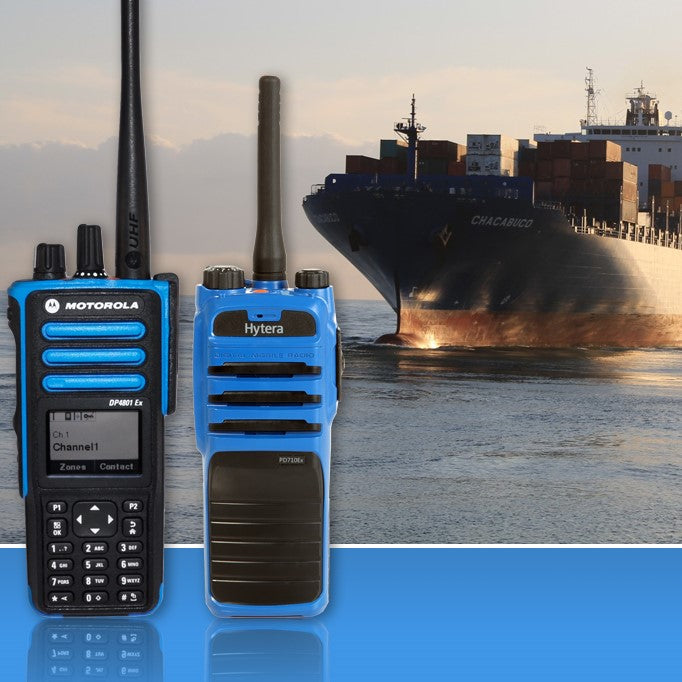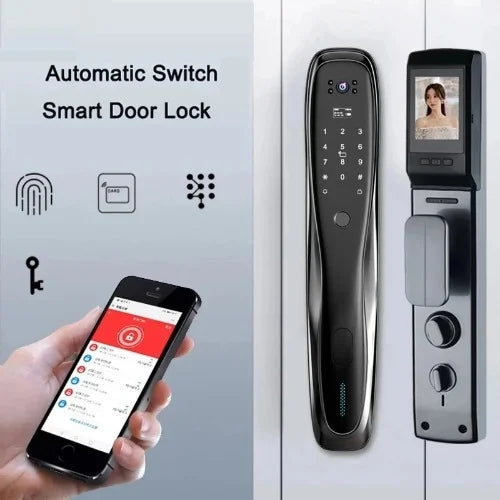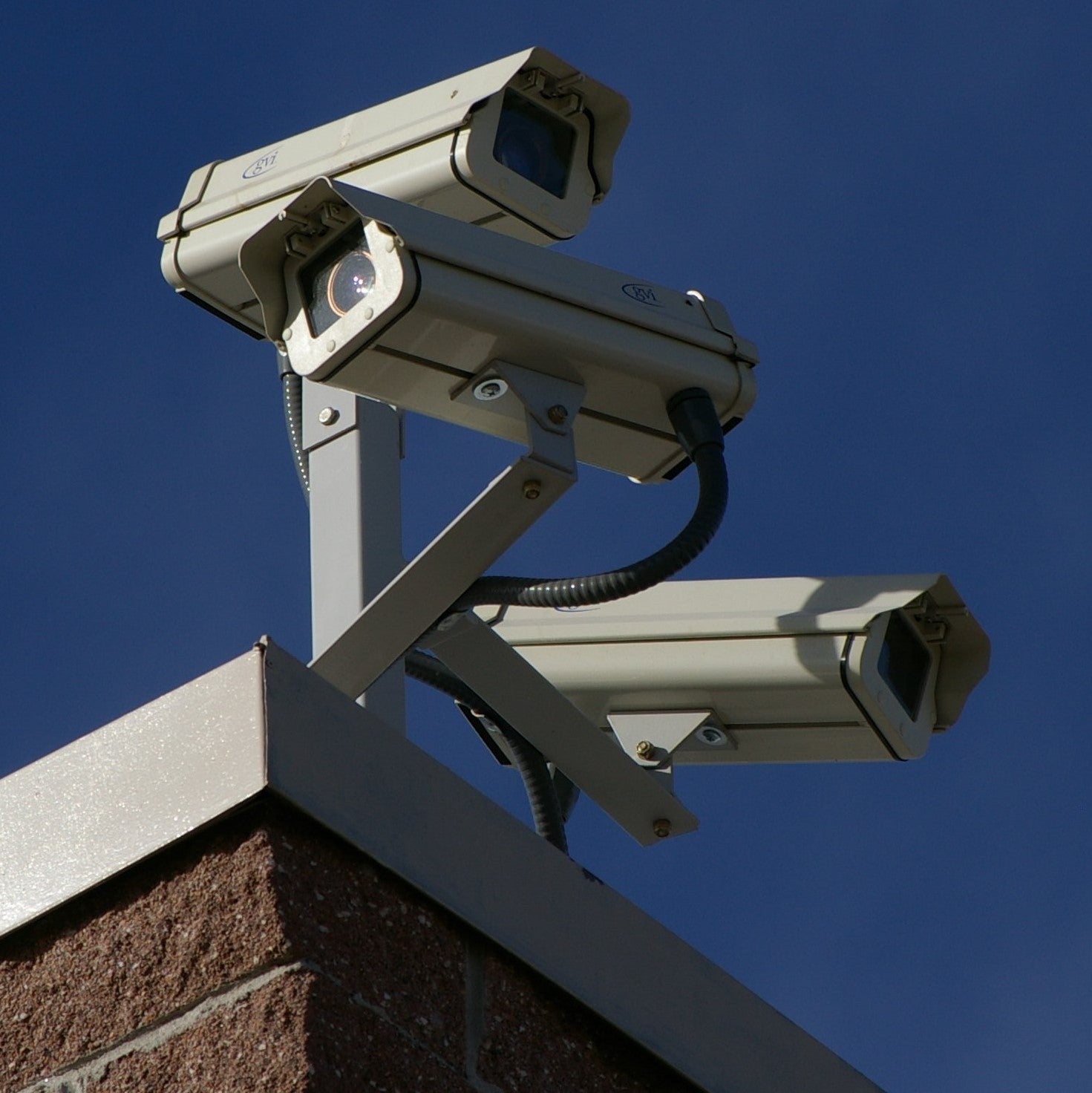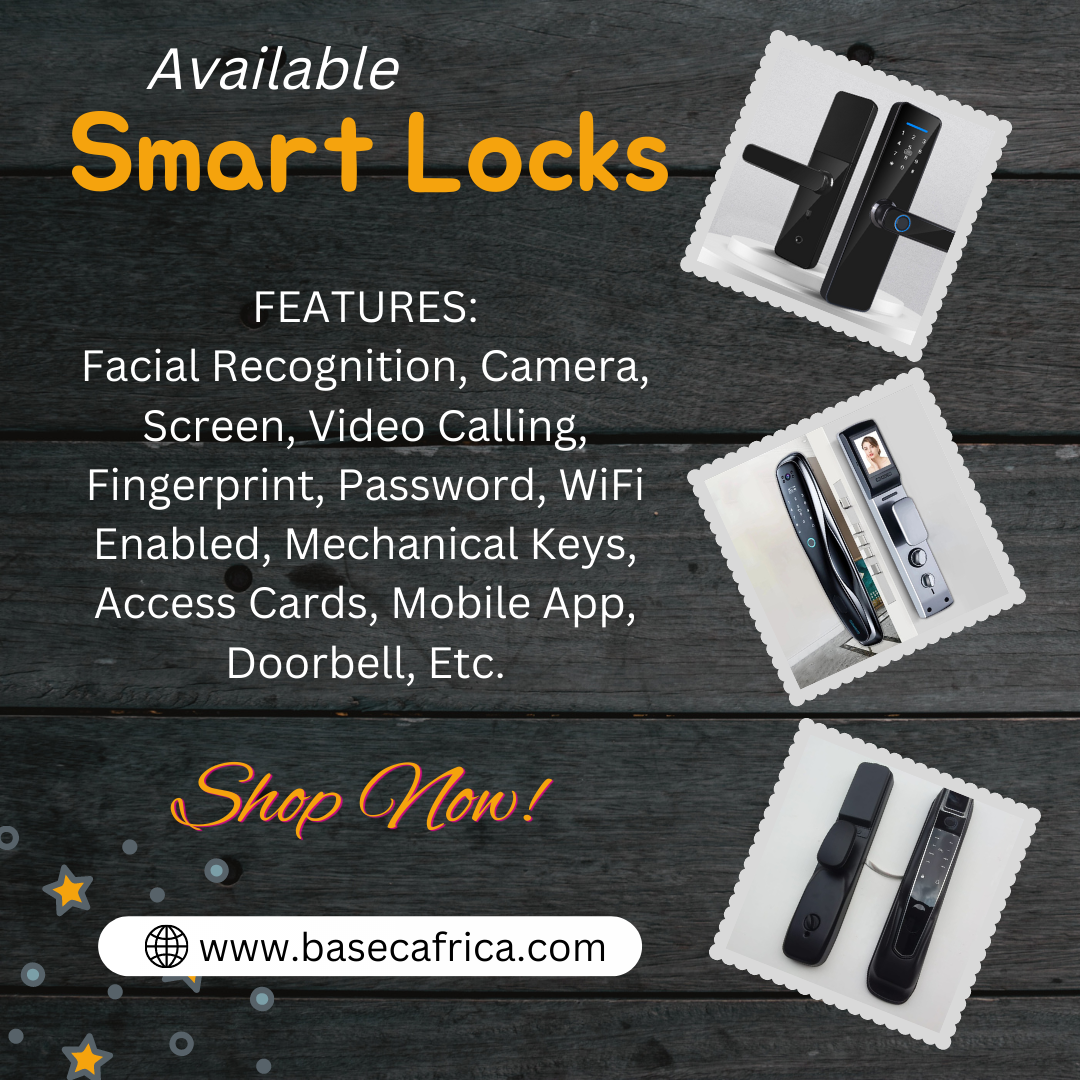-
Enhanced Visibility Strobe lights make emergency or service vehicles more visible to other road users, especially in low-visibility conditions like fog, rain, or at night.
-
Traffic Control They help direct traffic during roadblocks, accidents, or construction work by drawing attention and guiding vehicles safely.
-
Emergency Response Identification Used on ambulances, fire trucks, police cars, and rescue units to signal that a vehicle is on an urgent mission and needs right-of-way.
-
Accident Scene Warning Warns oncoming traffic about a crash scene or disabled vehicle ahead, reducing the risk of secondary accidents.
-
Work Zone Safety Utility and maintenance vehicles use strobe lights while working on or near roads to alert motorists and reduce collision risks.
-
Escort and Convoy Use Used by escort vehicles during special transports, VIP movement, or oversize load convoys to alert other road users.
-
Off-Road or Agricultural Use In farms, quarries, or off-road areas, strobe lights alert others to the presence of slow-moving or large vehicles.
-
School Buses and Student Safety Strobe lights are often installed on school buses to improve visibility and indicate when children are boarding or alighting.
-
Security and Patrol Use Security vehicles in malls, estates, or industrial parks use strobes to increase visibility during patrol and deter unlawful activity.
-
Volunteer or Private Emergency Use In some regions, private citizens or volunteer responders use removable strobe lights to respond to emergencies with identification.
















